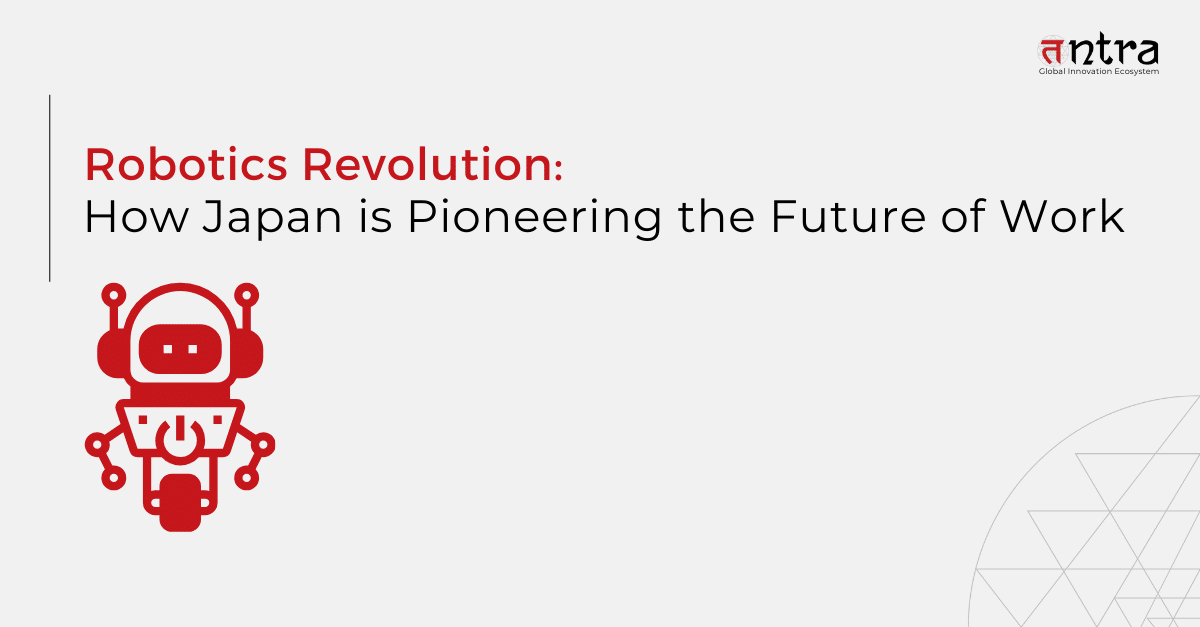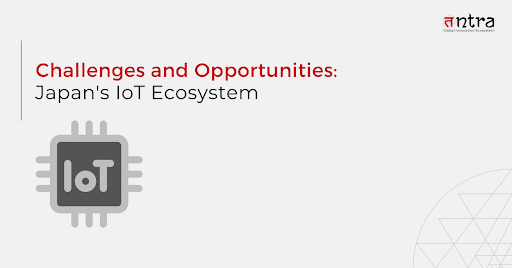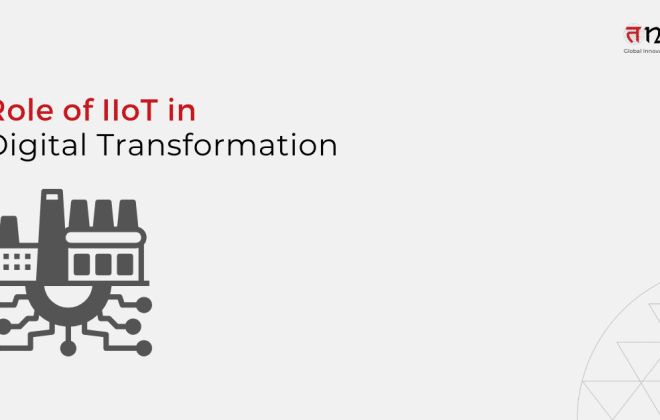
Robotics Revolution: How Japan is Pioneering the Future of Work
Table of Contents
ToggleJapan is adopting “future of work” technology like artificial intelligence (AI) and robotics in response to a declining labor force. In addition to increasing GDP and productivity, automation will make workers more productive. Robots with artificial intelligence and contactless delivery systems are two examples of the technologies being developed to maximize output and services. Japan may overcome workforce difficulties and even become a pioneer in future labor solutions by implementing these developments. Read the blog to know more.
For more than 20 years, Japan has been creating robots to assist the elderly, and in the 2010s, both public and private investment significantly increased. Research and development for the robotic sector and devices had been funded to the tune of well over $300 million by the federal government alone by 2018.
Both the number of elderly persons in need of care and the expense of providing it are rising quickly. In addition, it is anticipated that during the course of the next ten years, the existing severe lack of care providers would worsen. Without a doubt, a large portion of the Japanese populace views robots as a solution to replace these absent workers without having to pay higher wages or face the uncomfortable issues of the importation of inexpensive foreign labor, which conservative Japanese administrations have attempted to avoid.
Care robots are available in a range of sizes and forms. Robotic innovation in Japan designed to help with physical care; these include lifting assistance for elderly individuals who are unable to stand on their own, mobility and exercise support, fall detection and physical activity monitoring, feeding assistance, bathing or toilet assistance, and more. Others aim to manage, reduce, or even prevent cognitive decline in older adults by involving them in social and emotional activities. They may also offer therapy and companionship to isolated seniors, ease the care of individuals with dementia-related conditions for carers, and lower the number of carers needed for daily assistance.
(Source: MIT Technology Review)
Japan’s Robotic Landscape and It’s Future
Several of the top manufacturers and robotics firms in the world are based in Japan. By 2022, firms in Japan will have developed or designed half of all industrial robots worldwide. In 2022, orders for industrial robots from Japanese manufacturers increased 1.6% over the previous year to a record $7.35 billion. A record 5.6% rise in production was achieved.
In industries including logistics, food, and pharmaceuticals, there has been an increasing shift towards automation of packaging and transportation by taking help of a software development company in Japan. In the manufacturing sector, Japan used 631 robots for every 10,000 human workers in 2021. In contrast, there were 274 robots in the US for every 10,000 people.
Japan’s manufacturing sector, along with leading corporations, including Mitsubishi Electric, Fanuc, and Kawasaki Heavy Industries, are among the top players in the worldwide industrial robot market. Japanese corporations are among the world’s biggest holders of robotics patents. Moreover, Japan is the country that ships the second-highest proportion of industrial robot units, after China.
How “Future of Work” Technologies are Reshaping Japan
One of the most important aspects of the future of work strategy is automation, and Japan is leading the way in AI innovation. In fact, by 2035, the Nomura Research Institute predicts that Japan’s AI industry will have advanced significantly. Automation firms that innovate to increase production efficiency, such as NEC, Abeja, and others, boost Japan’s GDP.
Robots are a fantastic future technology that Japan is depending on to guarantee increased production and a staff that is optimized. For a long time, Japan’s primary technological innovation has been robotics based software product engineering services. Consider the humanoid robot known as “Telexistence.” It’s a robot designed to mimic human behavior via video from any location in the globe.
Japan requires delivery automation systems to enable businesses with contactless deliveries in light of the recent epidemic. Consider Yamato’s automation of delivery partnership with Japan Post. The massive logistics company intends to test robots on Tokyo’s streets to automate delivery, using Yamato’s robotic expertise.
Why Japan is Moving towards “Future of Work”
Japan’s labor force is shrinking as a result of significant demographic shifts. A study projects that by 2022, there would be 71 million working-age people in Japan, down from 79 million. They therefore required a strategy that would maximize the current staff and lessen reliance by automating monotonous jobs.
The best course of action for Japan is to adopt the future of work concept. They will be able to increase productivity and automate the provision of services. The diminishing workforce in Japan as a result of declining birth rates has been another issue. The World Economic Forum projects that by 2040, there would be 52.45 million working people in Japan, a significant decline from the current number.
- Japan can boost GDP through higher productivity, which will be bolstered by technology and a more efficient labour force. Japan’s GDP and productivity growth will enable the country to raise its per capita income from its current forecast of $32,000 to $48,000.
- Workers will be more balanced in their professional and personal lives, and they will use their purchasing power to increase market demand.
- By investing in future technological developments and IP-led product engineering services, Japan will be able to address its manpower needs with skilled labor.
- RPA and robotics will assist lessen the need for people to perform labor-intensive and repetitive tasks, making it possible for Japan’s declining working population to survive.
- Japanese businesses have the potential to dominate their home market and cause disruptions in foreign marketplaces in the future of employment.
Closing Remarks
With regard to the future of labor, Japan has a chance to take the lead in the industrial revolution once more. Japan faces challenges such as an aging labor force and a demographic divide, but technology will eventually advance once again. With improved workflows and automated distribution, technologies like AI, ML, and IoT can also assist Japanese companies in expanding internationally when companies partner with the best software company in Japan.
If you are looking for a software product engineering company in Japan that can help you build innovative solutions to cater to the Japanese market, Tntra is the right choice for you!
Our 200+ domain experts and engineers utilize our proprietary T(u)LIP framework to give wings to your innovation.
Contact us today for a FREE CONSULTATION!





